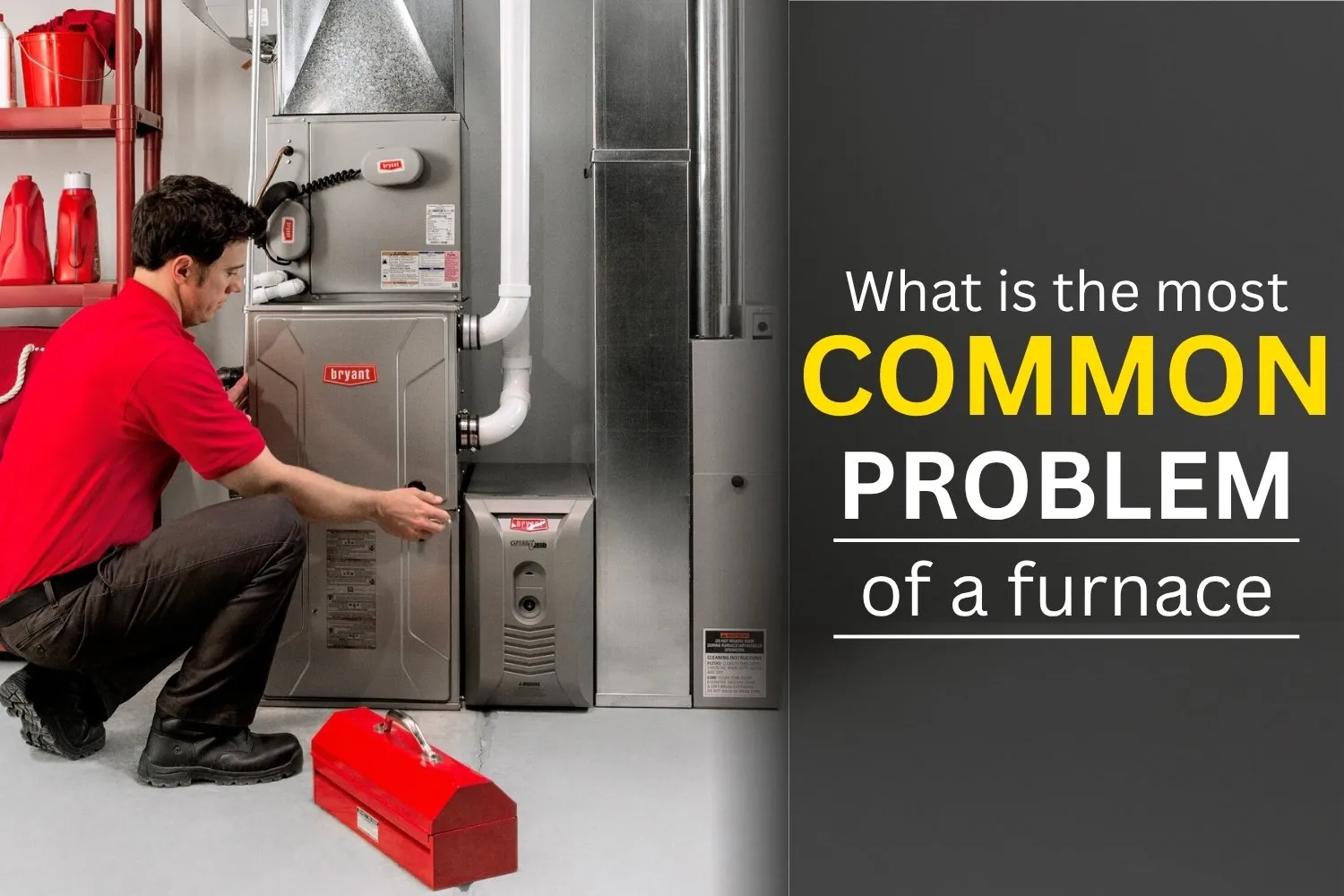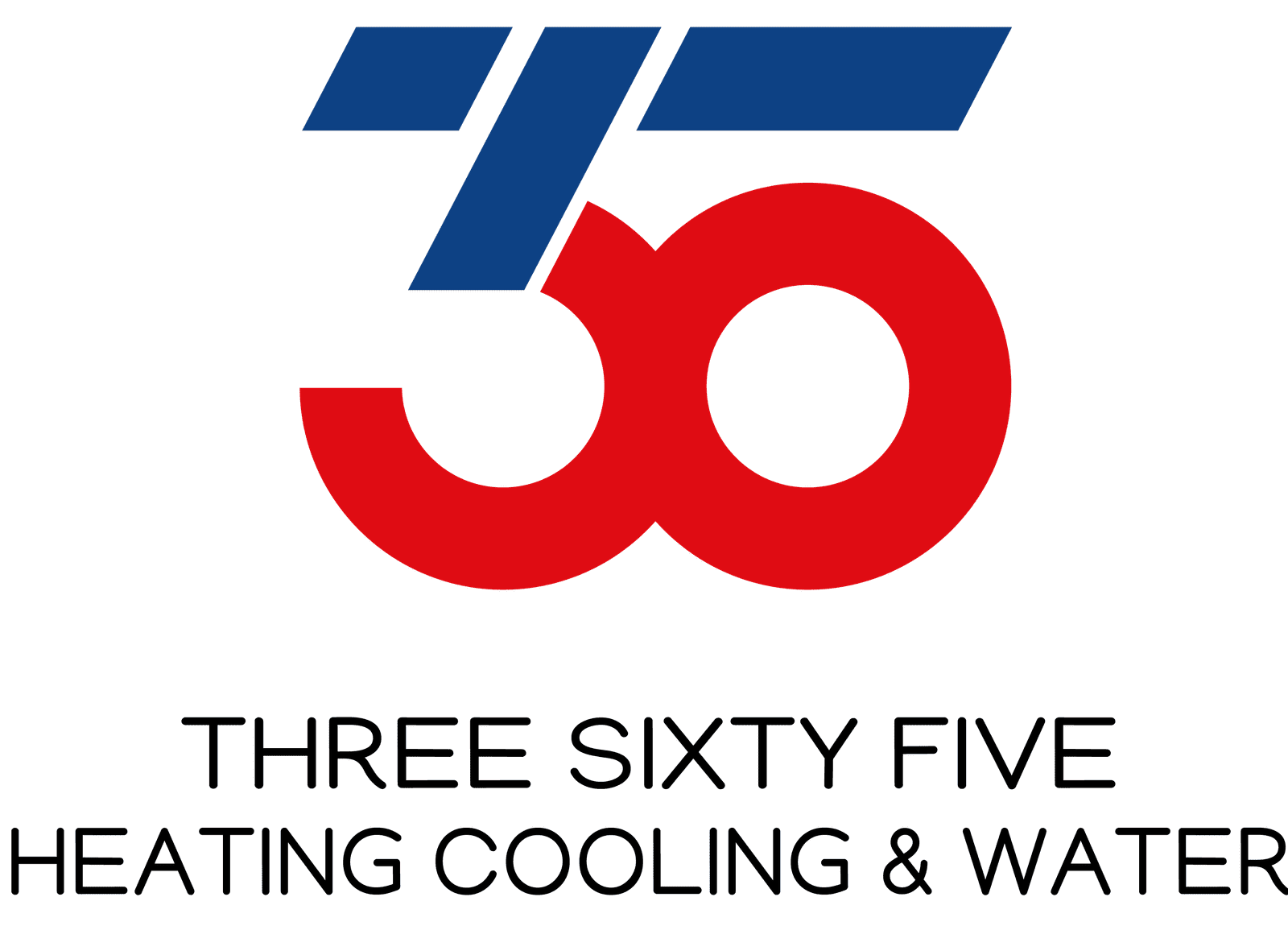
A furnace stays at the core of a home’s heating system. It gives warmth by pushing hot air through the house using ducts. When the temperature drops, the thermostat signals the furnace to start. Once the burner lights, it heats air and sends it through the system. This setup makes indoor spaces warm and comfortable. Over time, issues begin to surface due to use, wear, and dirt.
A furnace has multiple key components. Each part must work well to guarantee steady performance. If one section struggles, it affects the whole operation. The most common trouble points appear in predictable patterns, making them easier to catch early. Still, many homeowners miss early signs, which leads to bigger troubles.
Read on to know the most common problem of a furnace.
Recognize the Signs of Furnace Issues Early
No machine fails without showing hints. Most units display signs before full failure happens. Rooms take longer to warm. The air smells burnt or dusty. Some areas stay colder than others. These signs suggest damage inside the system. When these signs come, fast action saves both time and cost. One common issue is a sudden rise in energy bills. It means the unit uses more power but gives less heat. Another sign is frequent on-and-off cycling. That puts stress on the system. If airflow drops or turns weak, something may block the duct or fan. These early clues point toward furnace issues. Watching and responding to them helps avoid worse trouble.
Dirty or Clogged Filters
Every heating system has one weak spot. Filters trap dust, dirt, and allergens. Over time, they turn dirty and block airflow. When filters clog, the system works harder. That leads to overheating, stress on other parts, and poor air quality. Dirty filters often remain the root cause of major damage. Replacing them fixes many problems. Homeowners often ignore this task, but it makes a huge difference. A clean filter supports even airflow and improves system life. Dirty filters also increase power usage. Many technicians point to clogged filters as the top reason for furnace repair. They suggest filter changes every few months, based on usage.
Thermostat Failure Can Lead to Bigger Troubles
Thermostats control when heat turns on or off. If the thermostat fails, the unit may stop running or never stop at all. Inaccurate readings also confuse the system. Some models use wires that wear down. Others rely on batteries that die out. A broken thermostat sends false signals. As a result, the furnace may stay off when needed most. This problem often goes unnoticed because it hides behind the walls. When the heat turns on at the wrong time or rooms feel too warm or too cold, check the thermostat. Fixing or replacing it returns system control. A technician can test the readings and restore balance.
Ignition and Pilot Light Failure Causes Heating Loss
Older systems use pilot lights to start heat. Newer ones use electronic ignition. If either fails, the unit stops producing warmth. Cold rooms become a serious issue during winter. Gas flow remains blocked when the pilot light stays out. For electronic systems, faulty sensors stop the flame from forming. Dirt, age, and wear affect ignition. A failed ignition is one of the most reported furnace problems. Resetting or cleaning the pilot light helps, but sometimes parts need replacement. This fault requires proper diagnosis. It connects to safety controls, so expert handling is key.
Blower Motor Troubles Reduce Air Movement
A working blower motor pushes air through the house. When it weakens or stops, airflow drops. Even if the system makes heat, rooms stay cold. This motor contains bearings and belts. Age or debris often damages them. A slow or loud motor shows strain. A failing blower affects comfort and increases electric bills. A technician checks motor strength during any furnace service near me request. Replacing damaged motors restores proper flow. It also reduces the risk of system burnout. A struggling blower creates loud banging or screeching. These sounds act as clear warnings.
Blocked Vents or Duct Leaks Disrupt Heat Flow
Air moves through a network of vents. Blockages reduce the spread of warmth. Leaks also waste energy. Blocked vents often cause hot and cold spots across rooms. Pets, dust, or furniture may block airflow. Duct leaks allow heat to escape behind walls. That loss affects comfort and energy use. These problems often look like heating failure. Cleaning vents and sealing ducts improves system performance. Experts include this in regular checks during furnace repair in Mississauga and maintenance visits.
Cracked Heat Exchanger Can Turn Dangerous
A heat exchanger holds combustion gases. If cracks form, gases may leak into the house. Carbon monoxide presents serious health risks. Cracks happen due to overheating or rust. Strange smells and sickness symptoms suggest gas leaks. A damaged heat exchanger cannot get fixed easily. In most cases, it needs a full replacement. Cracks affect heat transfer and system safety. If the system shuts off often or gas smells become noticeable, check the heat exchanger. Technicians use special tools to detect leaks.
Wear and Tear Breaks Down Internal Furnace Components
Time affects every machine. Moving parts inside the system wear out. Bearings loosen, belts stretch, and valves stick. As the machine works daily, this wear continues. Over years, stress builds and causes system failure. These common furnace problems develop slowly. Regular checks stop them before bigger damage happens. A unit near ten years of age often faces more breakdowns. Replacing minor parts early protects major components. Experts suggest checking all furnace components every season.
Clogged Burners Lead to Heating Loss
Gas burners mix air and fuel to produce flame. Dirt and soot cover burner ports over time. Clogged burners fail to light or produce weak flames. This lowers heat output. A yellow or uneven flame shows poor function. Burners need cleaning and balancing. This service improves energy use. Clogged burners rank among the most common furnace issues. Technicians clean or realign them to restore performance.
Power Supply Issues Stop the Furnace Completely
Sometimes the unit fails because of electricity. Blown fuses or tripped breakers cut power to the system. Without power, the thermostat and motor remain silent. Loose wires or worn connections can also stop heat. Checking the fuse box helps diagnose this. Resetting breakers or replacing wires restores function. A licensed expert handles electric work safely. This issue appears often in older homes. Quick power checks solve this mystery.
Gas Supply Problems Reduce Heat or Stop It Altogether
Gas furnaces need steady fuel flow. When valves close or pressure drops, the system fails. Sometimes, gas meters face faults. Other times, utility service lines cause issues. Low gas leads to weak or no flames. An expert checks for pressure and blockage. In winter, ice may block outdoor lines. Utility companies inspect these lines when needed. Without gas, even a perfect system stops working.
Noisy Operation Points Toward Internal Damage
Sounds reveal a lot about machine health. Whistling means airflow blockage. Banging signals part movement. Rattling shows loose screws or covers. Screeching often points to blower trouble. These sounds may seem harmless, but they suggest growing failure. Ignoring them causes more damage. Regular maintenance spots these faults early. A silent and smooth furnace performs best.
Short Cycling Puts Pressure on System Parts
When the system turns on and off quickly, it burns more power and stresses components. This pattern reduces system life. Causes include dirty filters, bad thermostats, or blocked vents. Short cycles mean something interrupts the process. Fixing the root cause stops this loop. Long-term short cycling causes breakdowns. It stands among common heater problems. Homeowners must watch cycle length during cold days.
Poor Maintenance Leads to Expensive Repairs
Neglect causes breakdown. Dust, rust, and wear grow without care. Every system needs seasonal checks. Cleaning, oiling, and inspecting reduce risks. Many people skip this step, then face sudden failure. Regular care identifies furnace components at risk. Technicians find small problems before they grow. This step saves money and protects the unit. Maintenance becomes more vital as the unit ages.
Age of the Furnace Increases the Risk of Breakdown
Old units carry more problems. Time breaks down material. Wires harden. Sensors lose function. Burners clog faster. A system over 15 years old reaches the end of its life. Performance drops. Repairs become frequent. Experts suggest replacing old systems before winter begins. A new unit improves energy use and comfort. Trying to repair furnace parts repeatedly costs more over time.
Oil Furnace Trouble Includes Blockages and Smoke
Oil units differ from gas systems. They use no pilot lights. Instead, oil pumps into a burner nozzle. If the nozzle clogs, the flame turns weak or vanishes. Oil filters also block over time. Black smoke or soot on walls shows poor burn. This points to dirty or broken burners. A technician must fix oil furnace parts and check filters. These units require special tools and skill.
Tips to Avoid Common Furnace Issues in Future
To avoid common furnace issues, stay ahead of maintenance. Change filters once a month. Keep the area around the furnace clean. Do not block vents.
Schedule checks before winter. This gives time for part changes and deep cleaning. Keep batteries fresh in the thermostat. Make sure all ducts stay clear.
If you spot signs like noise, smell, or weak airflow, do not wait. Fast action keeps the system safe and sound.
Need help with your system? Call 365Comfort for furnace repair and keep your home safe and warm all winter long.
